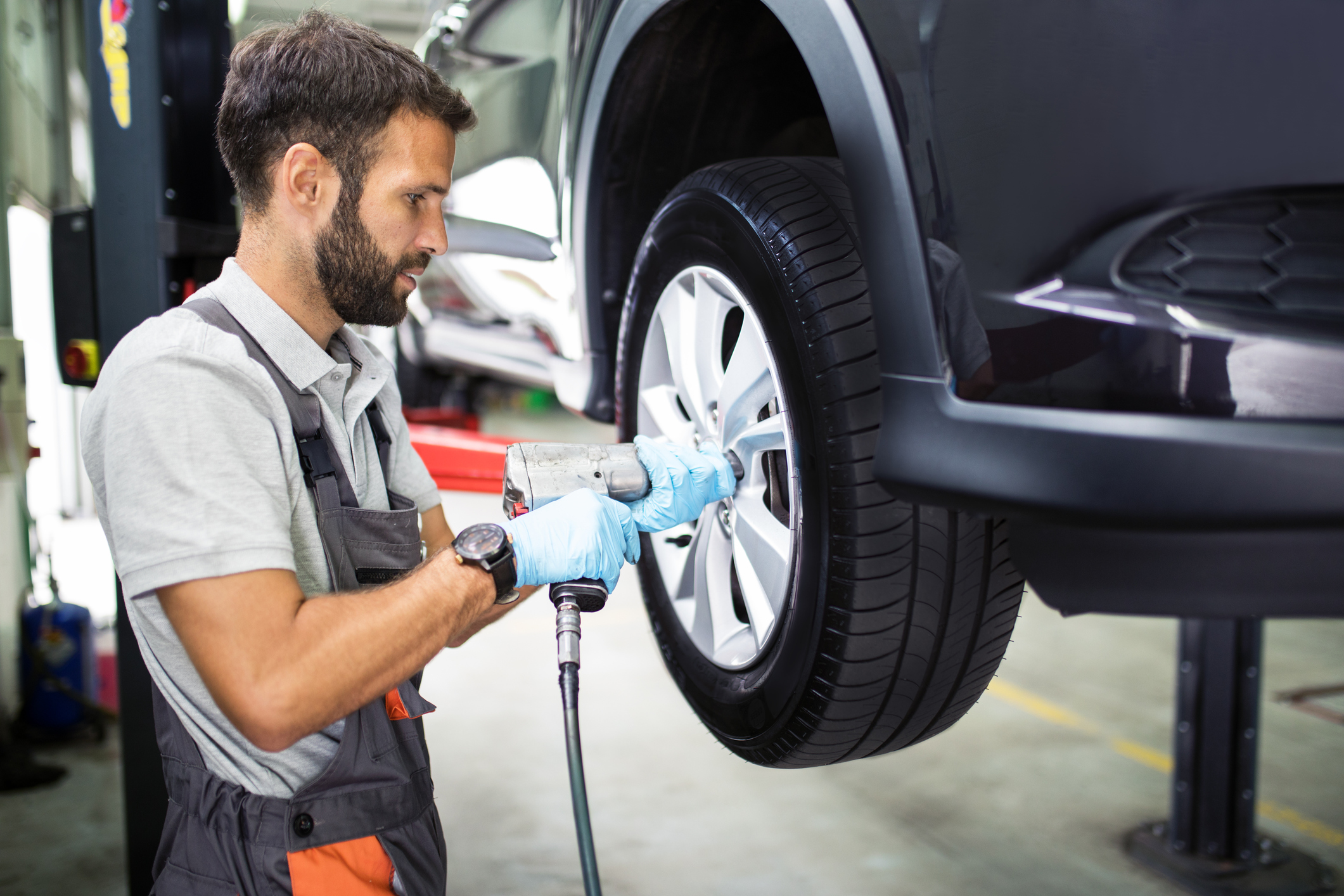Cars are a thing of beauty, and for most, a necessity. In cities where public transportation is not available, a car will take you everywhere you need to go. While the vehicles themselves are a major purchase, preventative car maintenance doesn’t have to be. Having a good routine and schedule for car maintenance will save you loads of cash in the long run. Continue reading to learn more.
The components of a good routine
First and foremost, make sure to refer to the owner’s manual of your car for exact timing of services. However, in regards to a good preventative car maintenance schedule, there are usually 6 categories:
• Oil changes
• Air filters
• Battery and terminals
• Car fluids
• Belts
• Tires
We’ll discuss each portion in detail below. It’s amazing the number of times a member has come into an Achieva branch to refinance their vehicle and they mention that they are preparing the car for service. They consider their car an investment and routinely use a system of preventative maintenance to prolong its longevity.
Oil Changes
Regular oil changes are vital for the function of your vehicle. The owner’s manual will provide information on the type of oil your car needs and how frequently it needs changing. Oil lubricates the engine and absorbs heat, allowing the internal parts to work together effectively without overheating.
Air Filters
When your air filter is dirty, your engine is forced to work harder, resulting in poor fuel economy, higher emissions and, possibly, a loss of engine power. Most replacements of cabin air filters can be done without the need of a professional. Additionally, it’s recommended to change your car’s air filters at least once a year. Adding this to your routine of preventative car maintenance will save money and allow your car to “breathe”.
Battery and terminals
Most batteries these days don’t require advanced maintenance, but you should know where it is and how to make sure it’s not leaking. Furthermore, it’s best to regularly check for mineral or other buildups on the terminals. Minor corrosion can lead to a loss of power and even mechanical malfunction. This is why most people review their battery at the same time as their oil changes.
Car Fluids
If you plan on keeping your vehicle for a while, it’s wise to change the transmission oil, coolant and even power steering and brake fluid. Some of these services are easier when conducted by a professional. Familiarize yourself by learning how to check the levels of these fluids and you’re be driving smoothly for years to come.
Belts
A vehicle’s belts are essential to its function but many disregard them until their car breaks down. “You don’t want to be stranded because of a bad belt that could have been diagnosed with simple preventative maintenance,” said Rich White, executive director, Car Care Council. The typical serpentine belt replacement is at 60,000 miles and a V-belt replacement is at 40,000 miles. Be sure to reference your owner’s manual for specifics.
Tires
Properly inflated tires are critical to your car’s ability to drive safely. Adding to this, under-inflated tires are one of the biggest causes of using excess fuel. That’s an expense that can add up quickly due to a lack of preventative maintenance. Make sure to do a visual inspection of your tires every time you drive.
The benefits of preventative car maintenance
The benefits of preventative car maintenance outweigh the expense of vehicle neglect. By understanding the 6 parts of a car maintenance routine above, you’ll not only save money but also spend many years enjoying your vehicle.








